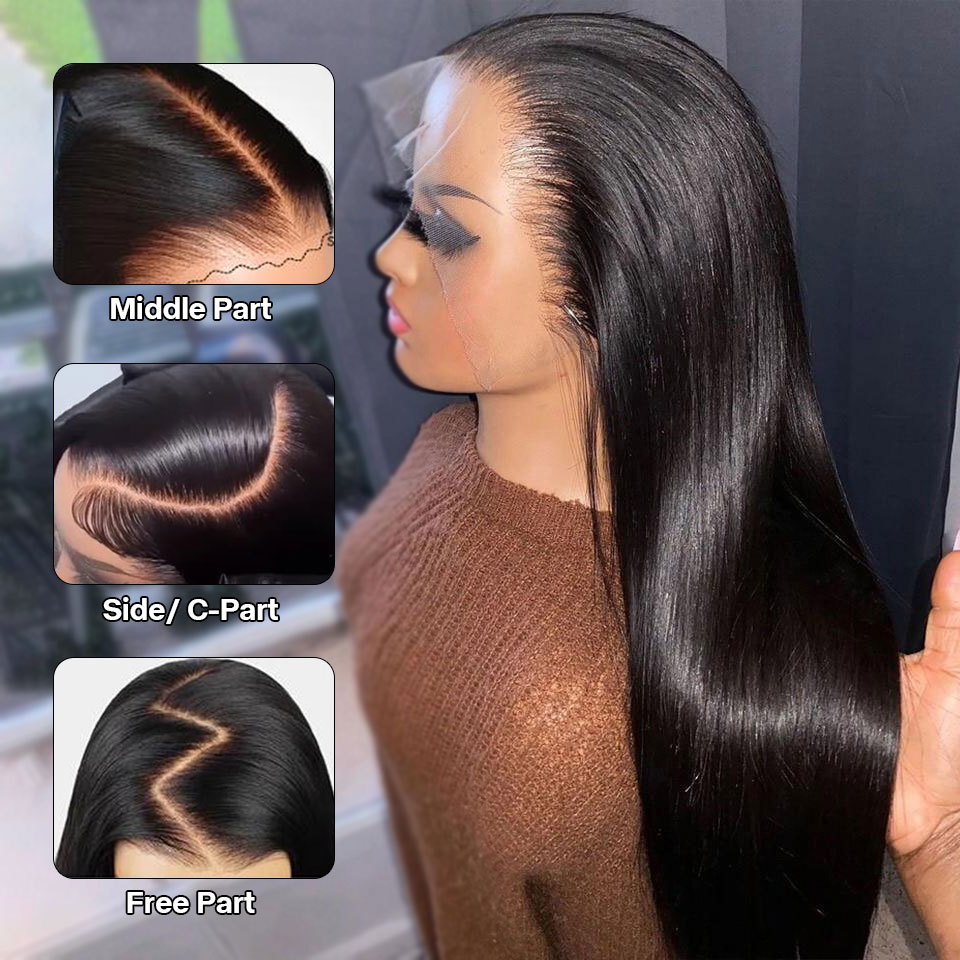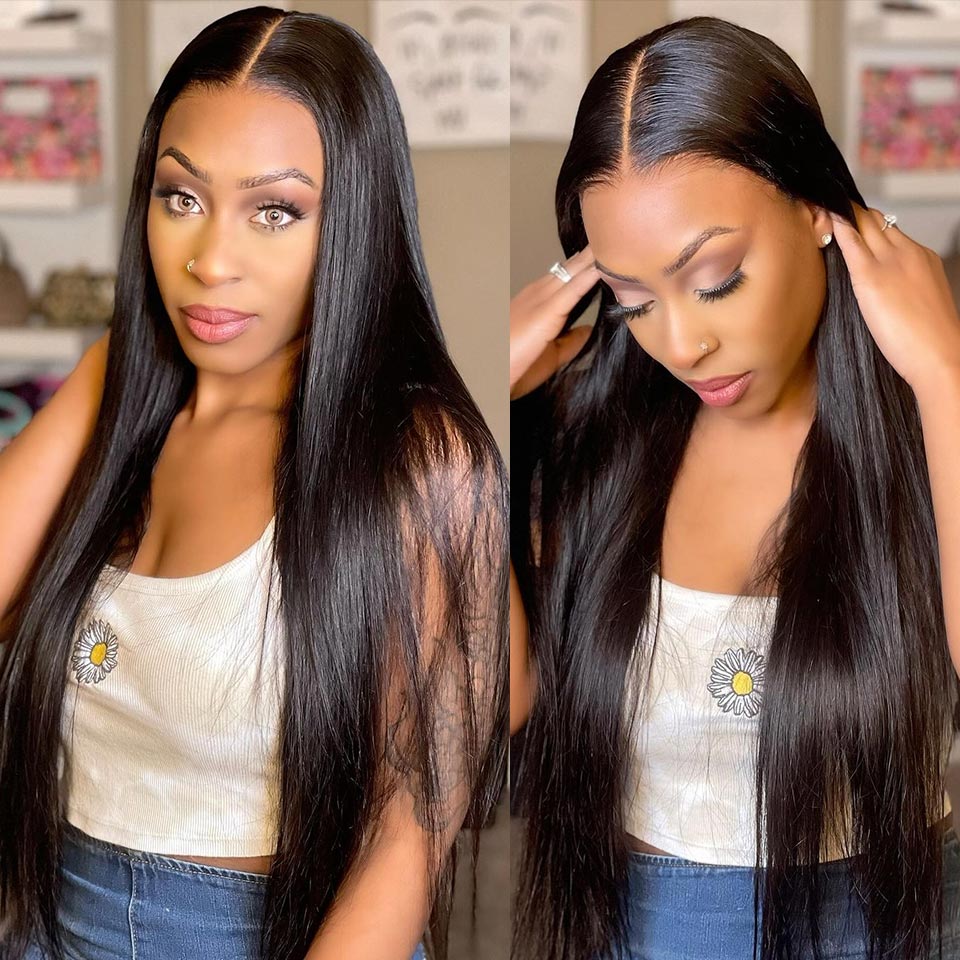Two techniques often rise to prominence: balayage and highlights. Both methods can transform your look, add depth, and create stunning visual effects. However, understanding the nuances between balayage and highlights is crucial for achieving your desired outcome. This article delves into the intricate details of both techniques, providing a comprehensive guide to help you make an informed decision.
1. Introduction to Hair Coloring Techniques.
Hair coloring has evolved significantly over the years, from simple, all-over color changes to sophisticated techniques that enhance natural beauty and provide personalized touches. Among the myriad of options available, balayage and highlights stand out due to their versatility and stunning results.
2. What is Balayage?
Balayage, a term derived from the French word “balayer,” meaning “to sweep,” is a freehand painting technique that allows for a natural, sun-kissed look. The method involves painting the color directly onto the hair, creating a graduated, natural-looking effect. This technique mimics the natural lightening of hair that occurs after spending time in the sun.
Advantages of Balayage:
Natural Appearance: Balayage offers a more natural, less uniform look compared to traditional highlights. The freehand painting technique allows for a bespoke color that suits your hair type and facial features.
Less Maintenance: Since balayage does not involve coloring the roots, the grow-out phase is less noticeable, resulting in fewer salon visits.
Easy Matching: Suitable for all hair types and lengths, balayage can be tailored to achieve a variety of looks, from subtle to bold.
Disadvantages of Balayage:
Initial Cost: Balayage can be more expensive than traditional highlights due to the time and skill required.
Skill Dependent: The quality of balayage results heavily depends on the stylist’s expertise. An inexperienced stylist might not achieve the desired effect.
3. What are Highlights?
Highlights involve sectioning the hair and applying color to specific strands using foils. This technique creates a more uniform and structured look, with lighter strands distributed throughout the hair. Highlights can be adjusted in thickness and placement to achieve various effects, from subtle shimmer to dramatic contrast.

Advantages of Highlights:
Defined Look: Highlights offer a more defined and structured appearance. They can add dimension and contrast, enhancing the overall hairstyle.
Customization: The placement, thickness, and color of highlights can be customized to match personal preferences and complement natural hair color.
Availability: Highlights are a common service in salons, and most colorists are proficient in this technique.
Disadvantages of Highlights:
Maintenance: Since highlights often involve coloring the roots, regular touch-ups are necessary to maintain the look.
Damage Risk: Repeated highlighting, especially on the same sections, can lead to hair damage and dryness.
4. Comparing Balayage and Highlights.
When deciding between balayage and highlights, several factors come into play, including desired look, maintenance level, hair type, and personal style. Let’s compare these techniques in various aspects:
Appearance:
Balayage: Offers a more natural, sun-kissed look with soft transitions between colors.
Highlights: Provides a more defined, structured appearance with noticeable lightened strands.
Maintenance:
Balayage: Low maintenance with a natural grow-out phase.
Highlights: Requires regular touch-ups to maintain the defined look.
Application Process:
Balayage: Freehand painting technique, less structured, relies on stylist’s artistic skill.
Highlights: Uses foils to section and apply color, more structured and methodical.
Easy Matching:
Balayage: Suitable for various hair lengths, types, and colors. Can achieve subtle to bold effects.
Highlights: Versatile in terms of placement and thickness, but might not suit very short hair.
Time and Cost:
Balayage: Can be more time-consuming and expensive initially due to the detailed application process.
Highlights: Generally quicker and might be less expensive for initial sessions but requires more frequent touch-ups.

5. Choosing the Right Technique for Your Hair.
When choosing between balayage and highlights, consider the following factors:
1. Hair Type and Length:
Short Hair: Highlights might be more effective on very short hair, as balayage requires more length to show gradient.
Long Hair: Both techniques work well, but balayage can create a beautiful, flowing gradient on long locks.
Curly Hair: Balayage can enhance the natural curl pattern with a more blended, natural look.
2. Lifestyle and Maintenance:
If you prefer a low-maintenance style with fewer salon visits, balayage is the better option.
If you don’t mind regular touch-ups and want a more defined, high-contrast look, highlights might be your choice.
3. Desired Outcome:
For a natural, beachy look, opt for balayage.
For a structured, vibrant appearance, highlights are ideal.
4. Personal Style:
Balayage suits those who prefer a subtle, natural enhancement.
Highlights cater to individuals looking for a striking, noticeable change.
6. Blending Techniques: The Best of Both Worlds.
Some stylists combine balayage and highlights to create a unique, multidimensional effect. This hybrid approach can offer the natural, blended look of balayage with the defined contrast of highlights. By strategically placing highlights within a balayage framework, the result is a sophisticated, customized look that brings out the best in both techniques.
7. Maintaining Colored Hair.
Regardless of the technique chosen, maintaining colored hair is crucial for longevity and vibrancy. Here are some tips for both balayage and highlights:
1. Use Sulfate-Free Shampoo: Sulfates can strip color and moisture from the hair. Opt for gentle, sulfate-free shampoos designed for colored hair.
2. Deep Conditioning: Regular deep conditioning treatments help maintain moisture, reduce damage, and keep colored hair looking healthy and vibrant.
3. Minimize Heat Styling: Excessive heat styling can damage colored hair. When using heat tools, apply a heat protectant and use the lowest effective heat setting.
4. Protect from Sun and Chlorine: Prolonged sun exposure and chlorine from swimming pools can fade color. Wear a hat in the sun and use a swim cap or rinse hair immediately after swimming.
5. Regular Trims: Regular trims prevent split ends and maintain the overall health and appearance of colored hair.
8. The Evolution of Hair Coloring Techniques.
Hair coloring techniques continue to evolve, with innovations such as balayage and highlights paving the way for even more advanced methods. The future of hair coloring promises even greater customization, less damage, and more sustainable practices. Staying informed about these advancements can help you make better choices and keep your hair looking its best.

Perhaps You Should Try Wigs.
Wigs have emerged as a versatile and practical alternative to traditional hair coloring techniques like balayage and highlights. Wigs offer an array of benefits that make them a compelling choice for those seeking a fresh look without the commitment or potential damage associated with chemical treatments. With wigs, you can effortlessly switch between different styles, colors, and lengths, adapting your appearance to any occasion or mood. This flexibility allows for dramatic transformations without the need for frequent salon visits or the risk of hair damage. Additionally, wigs provide an excellent solution for individuals with hair loss or thinning, offering a natural and confident appearance. High-quality wigs, made from either synthetic fibers or human hair, have become increasingly sophisticated, ensuring a realistic look and feel that can rival natural hair. For those prioritizing convenience, versatility, and hair health, wigs present an attractive and stylish option.
In A Nutshell.
Balayage and highlights offer unique advantages and can cater to different aesthetic preferences and lifestyles. Understanding the differences between these techniques allows you to make an informed decision that aligns with your personal style, hair type, and maintenance preferences. Whether you choose the natural, sun-kissed effect of balayage or the structured, high-contrast look of highlights, both techniques have the power to transform your appearance and boost your confidence. Consult with a professional stylist to explore your options and achieve the hair of your dreams.




















